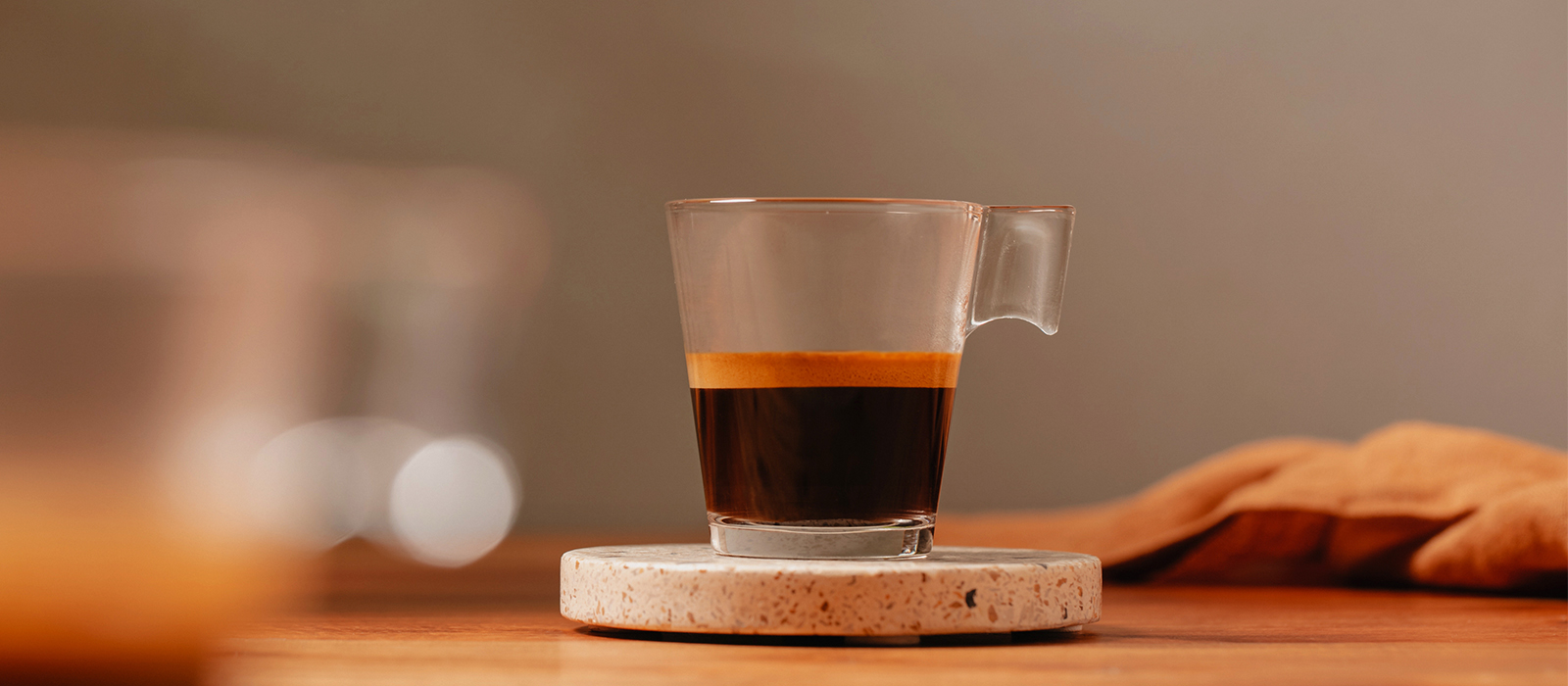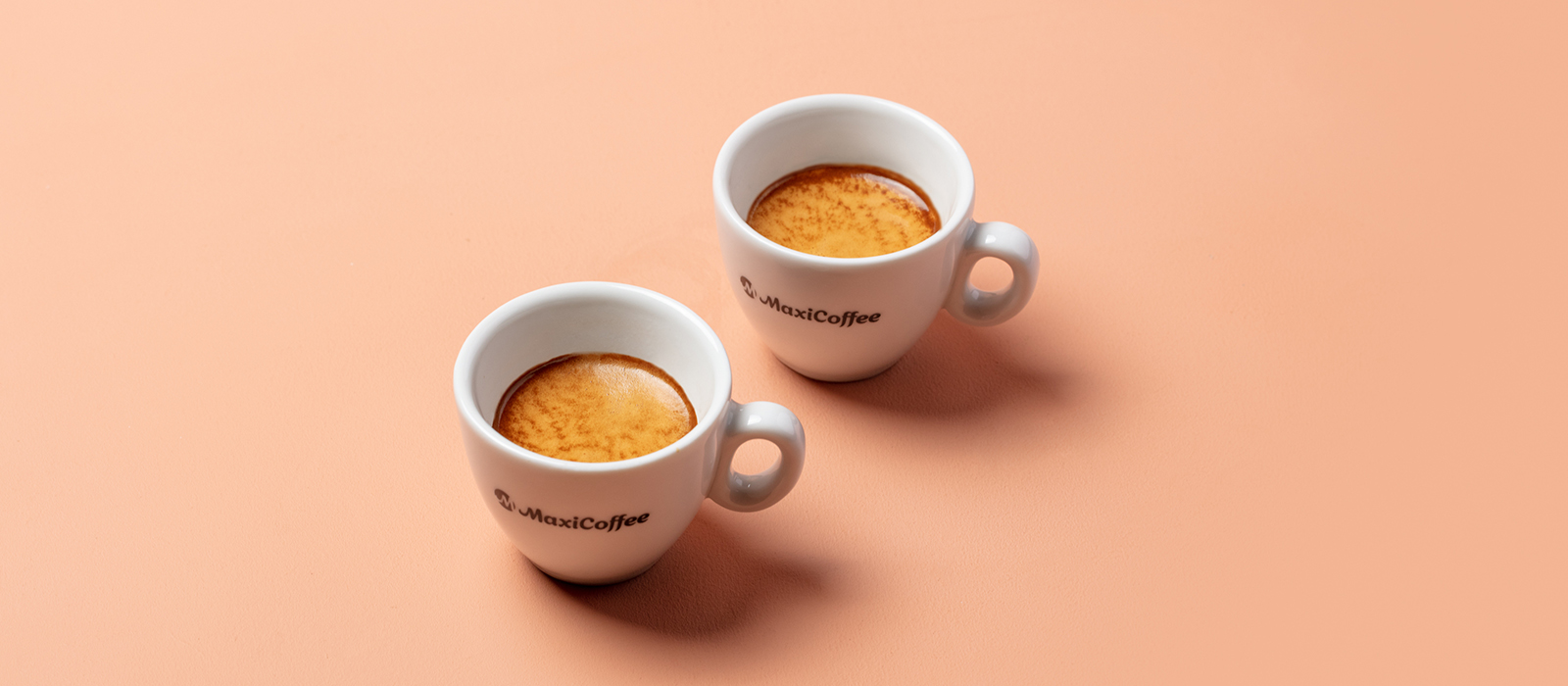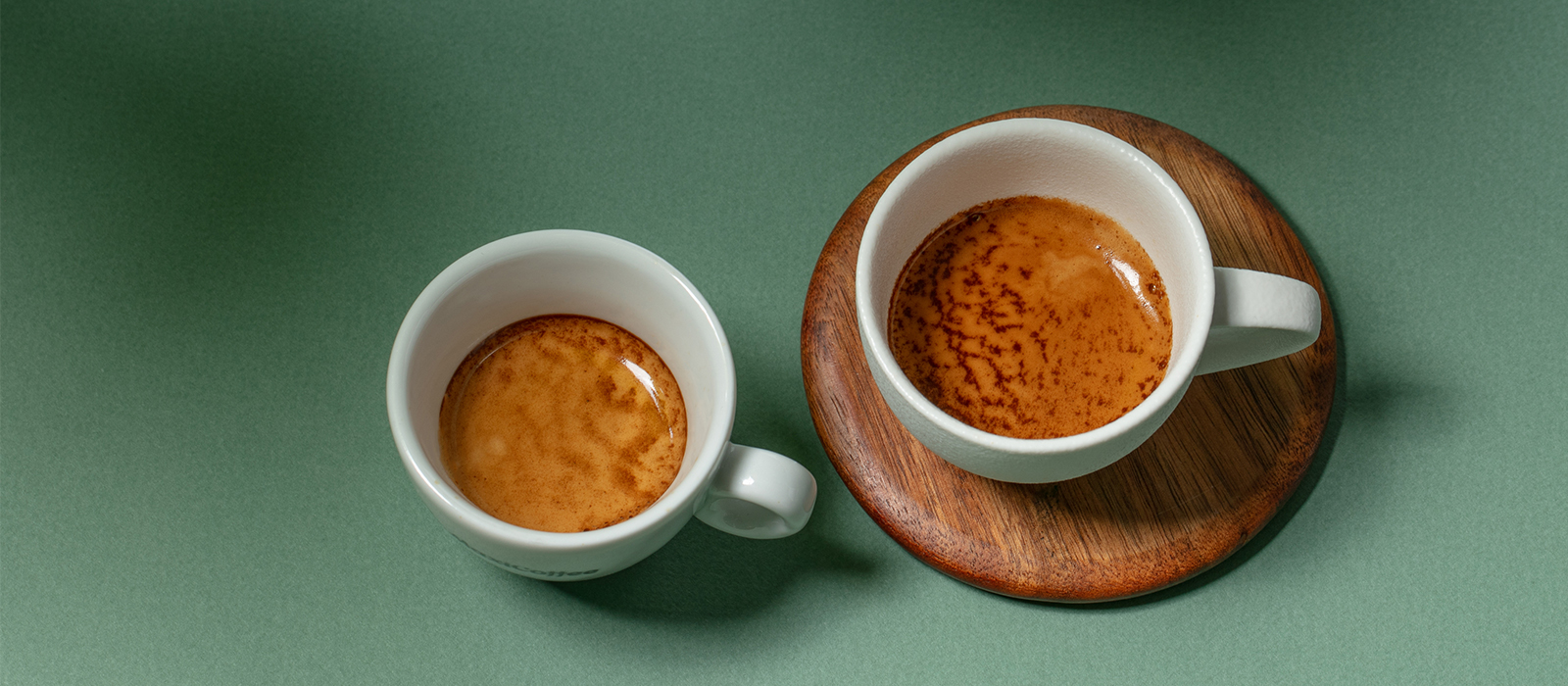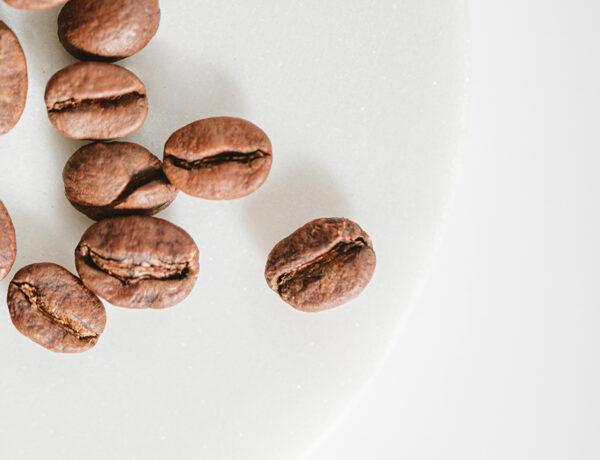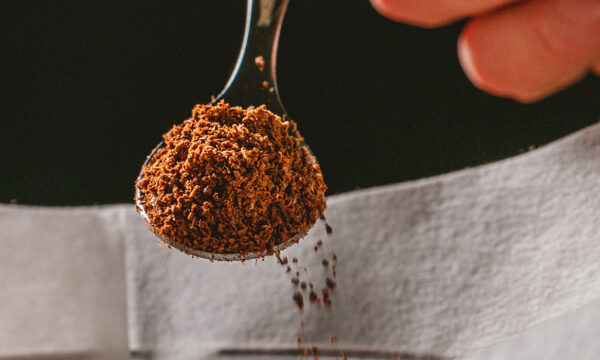
- Home
- Everything You Need To Know About Decaffeinated Coffee
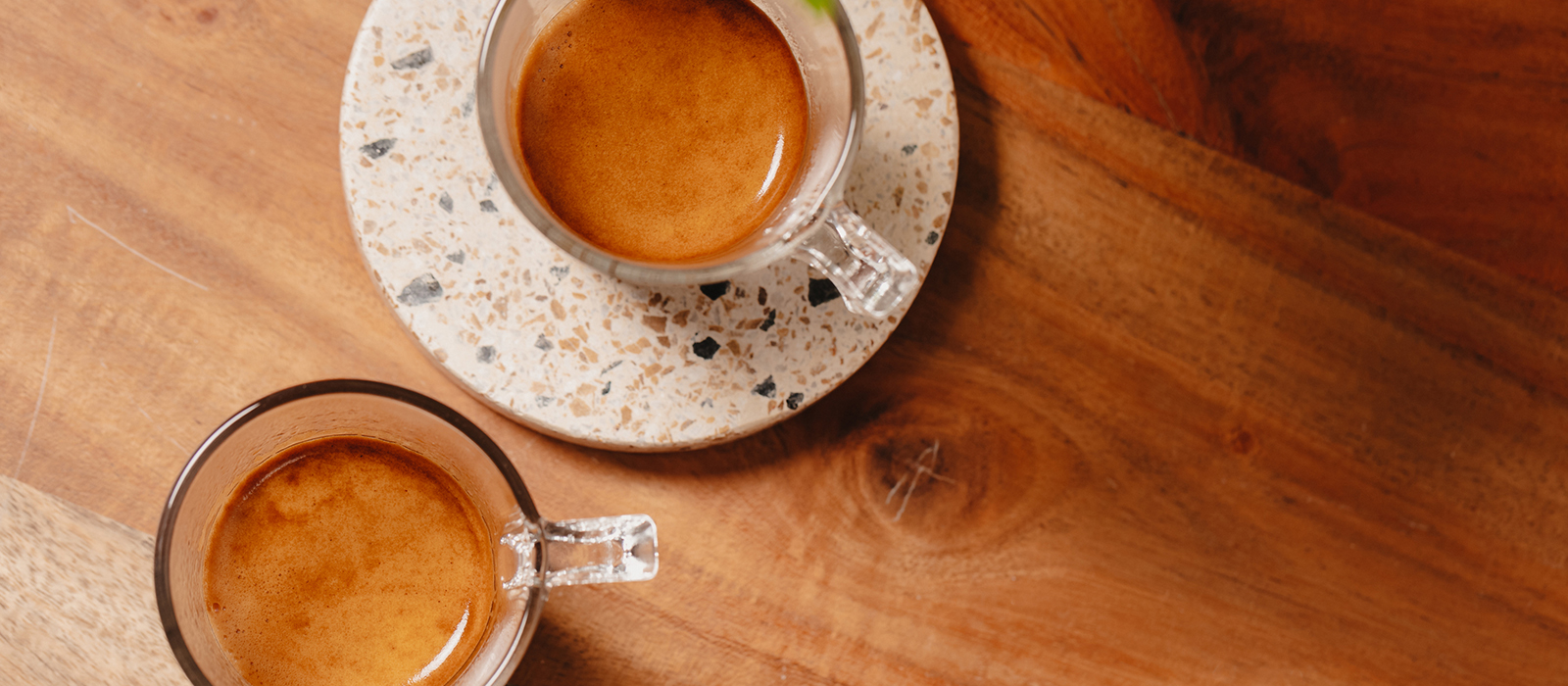
Everything You Need To Know About Decaffeinated Coffee
Written by Alice
Reading time 8 minWe all love a good cup of coffee. But sometimes, that afternoon pick-me-up can turn into a sleepless night. Enter decaf, the perfect solution that lets you enjoy the taste of coffee without the caffeine buzz. But decaf isn’t just weak coffee. In this article, we’ll break down everything you need to know about decaf coffee beans, from what caffeine is, how decaffeinated coffee is made and how to brew the perfect cup.
What Is Caffeine?
Caffeine is a substance that is found in the seeds, nuts, and leaves of many plants, including coffee cherries. It was first isolated from a coffee bean in 1819. Caffeine acts as a stimulant by blocking certain neurotransmitters in the brain that make you feel tired, thus increasing alertness and focus.
What Are The Least Caffeinated Drinks?
Here are the caffeine levels for the most common warm drinks:
- One cup of filter coffee (220 ml) contains approximately 80 to 120 mg of caffeine
- One 100% Arabica espresso (30 ml) contains approximately 60 mg of caffeine
- A cup of black tea (220 ml) contains approximately 50 mg of caffeine
- A cup of green tea (220 ml) contains 30 to 50 mg of caffeine
Why Does Caffeine Concentration Vary?
Depending on the species of the coffee plant
Coffea arabica contains around 1% caffeine, while Coffea canephora (robusta) contains between 2% and 5%.
Depending on the growing environment
The quantity of caffeine present in coffee is influenced by several factors such as soil, altitude, and shade. For instance, the caffeine content is lower in coffee grown at higher altitudes. This phenomenon can be attributed to the plant’s natural defence mechanism against pests. In regions where parasites and insects are more prevalent, such as lower altitudes, coffee plants produce more caffeine. This is because caffeine acts as a powerful natural insecticide, providing a protective shield against pests.
What is Decaffeinated Coffee?
Contrary to popular belief, decaffeinated coffee does actually contain a small dose of caffeine. According to European Union standards, roasted coffee is considered decaffeinated if it contains less than 0.1% caffeine, which is equivalent to around 3 mg per cup.
Where Does Decaffeinated Coffee Come From?
In 1905, German coffee merchant Ludwig Roselius stumbled upon a fascinating discovery. A shipment of coffee beans, accidentally soaked in seawater, lost some of its stimulating kick. This sparked an ingenious idea in Roselius. He devised a process using steam to treat the beans, followed by extraction with benzene (a common solvent at the time) to remove the caffeine. Recognizing the potential for a revolutionary product, Roselius swiftly secured a patent for his decaffeination method, paving the way for a new era of coffee enjoyment for those sensitive to caffeine. Naturally, benzene is no longer used due to safety concerns.
What Does Decaf Coffee Taste Like?
While decaffeination successfully reduces caffeine content, it can come at a cost to the flavour profile. The process inevitably alters the coffee bean’s structure and aromatic compounds. This can result in a less vibrant coffee, sometimes described as having a “decaffeinated taste” or a distinct “decaffeinated marker.” This specific flavour characteristic occasionally likened to liquorice, varies depending on the decaffeination method.
The Taste Of Decaffeinated Coffee By Method
Ethyl Acetate Decaffeination
This method shines in the cup for its ability to keep or even boost the coffee’s fruity flavours. The outcome is a smooth coffee with a strong aroma and a minimal “decaf taste.”
Methylene Chloride Decaffeination
While good at removing caffeine, this technique can sometimes leave a lingering aftertaste reminiscent of a chemical solvent. Safety issues have led to a decreasing use of this technique.
Swiss Water® Process Decaffeination
This method focuses on preserving the coffee’s aroma, although the overall taste might be slightly altered. The decaf taste will be very subtle.
CO2 Decaffeination
This technique excels at maintaining the coffee’s aromas, but it can affect the coffee’s body (fullness or richness). For speciality coffees, it allows the unique characteristics to be preserved as much as possible.
Maxicoffee’s insider info about the world of coffee
People choose decaffeinated coffee for a variety of legitimate reasons. For some it’s a matter of health, for others, it’s a matter of taste, as they prefer the less bitter sweetness of decaffeinated coffee.

How Is Decaffeinated Coffee Made?
For some consumers, caffeine can trigger unwanted effects like jitters or anxiety. To address this, various decaffeination processes have been developed to remove caffeine from coffee beans.
Decaffeination takes place between the time the green coffee is processed and the time it is roasted. Specialised processing facilities typically handle this delicate process.
No matter the specific method, decaffeination generally follows a similar flow:
- Humidification: The green coffee beans are first moistened to make them more permeable, allowing the decaffeination process to work efficiently.
- Extraction: This is where the caffeine is removed. Depending on the chosen method, the beans might be bathed in a solvent or exposed to other elements that draw out the caffeine.
- Washing: After extraction, the beans are thoroughly washed to remove any residual solvent or other elements used in the decaffeination process.
- Drying: Finally, the decaffeinated beans are dried and prepped for roasting. To be classified as decaf, they must have a caffeine content of 0.1% or less.
The key to a delicious decaf experience lies in the chosen method. We’ll delve into the four main methods, exploring both solvent-based and solvent-free approaches, to understand how each influences the final flavour profile of your decaf coffee.
Coffee decaffeinated with organic solvents
The ethyl acetate method
Using ethyl acetate, an organic solvent derived from fermented sugar cane and vinegar, is particularly appreciated for its mildness and ability to develop the fruity notes of the coffee. Found naturally in foods such as grapes and rum, ethyl acetate offers a more natural approach to decaffeination.
The process is as follows:
- the coffee beans are moistened to open their pores
- ethyl acetate is introduced to extract the caffeine from the beans
- the beans are then washed to remove any residual solvent
- the beans are dried and made ready for roasting.
Maxicoffee’s insider info about the world of coffee
If you cannot find the decaffeination method listed on the packet, there is a good chance that methylene chloride has been used.
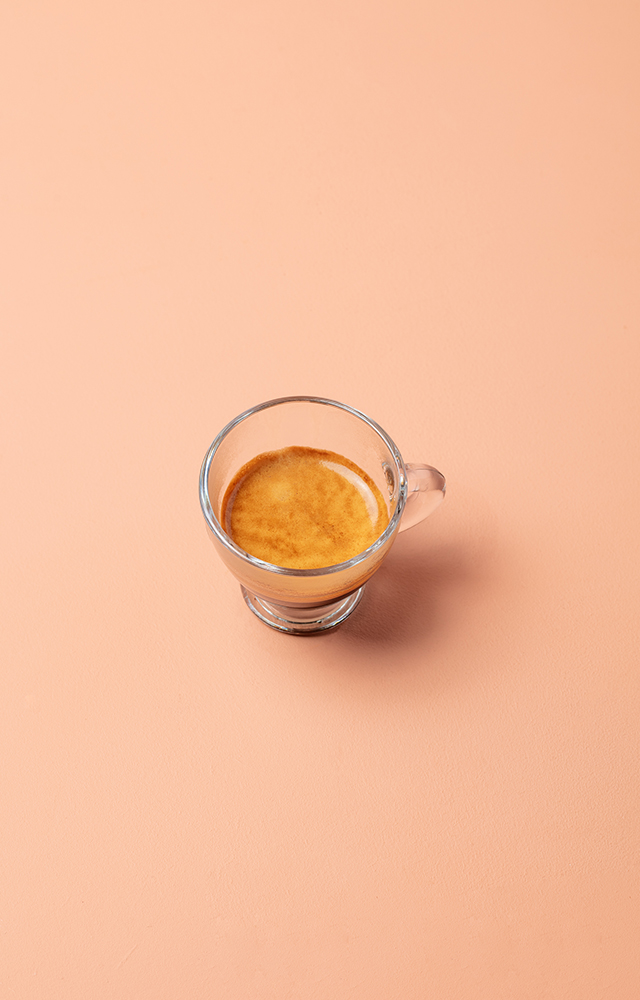
Decaffeinated coffee without organic solvents
Carbon dioxide (CO2) decaffeination
Decaffeinating with carbon dioxide (CO2) is a very expensive method that requires special equipment capable of withstanding extremely high pressure, up to 200 bars. In this semi-liquid, semi-gaseous state, the CO2 passes through the coffee beans and extracts the caffeine without significantly altering the aromatic compounds. Here’s how CO2 Decaf Coffee Beans are made:
- the beans are moistened to facilitate extraction of the caffeine
- supercritical carbon dioxide is introduced in several waves
- the caffeine-laden CO2 is sent to another container where it becomes gaseous again
- the beans are then dried and ready for roasting.
The Swiss Water® Process method
This complex method uses only water to extract the caffeine. Here are the stages for Swiss Water Decaf Coffee Beans:
- a first batch of coffee, which is not intended for consumption, is immersed in water to create a solution saturated with caffeine-free aromas ;
- the caffeine is recovered via an activated carbon filter;
- a second batch of coffee, intended for decaffeination, is immersed in this bath saturated with aromatic molecules, where only the caffeine dissolves;
- the coffee beans are then collected, washed and dried.
Maxicoffee’s insider info about the world of coffee
Whatever method is used to decaffeinate coffee, the caffeine is kept for resale to pharmaceutical laboratories, cosmetics companies or the food industry.

Is Decaffeinated Coffee Good For You?
The debate around decaf coffee’s health benefits is a hot topic. While it lacks the caffeine kick of regular coffee, decaf offers a surprising array of advantages, making it a worthy alternative for those who want to limit their caffeine intake. Here are a few of the benefits of decaf coffee:
- Antioxidant Powerhouse: Coffee, both caffeinated and decaffeinated, is loaded with antioxidants. These powerful compounds help scavenge harmful free radicals in the body, potentially reducing the risk of chronic diseases like heart disease, type 2 diabetes, and even certain cancers.
- Reduced stomach issues: For those who suffer from acid reflux or a sensitive stomach, decaf coffee can be a lifesaver. The decaffeination process removes some of the acidic components that can irritate the digestive system, allowing you to enjoy the taste of coffee without the discomfort.
- Digestive Aid: Certain compounds in decaf, like chlorogenic acid, can actually stimulate the production of digestive enzymes, potentially aiding digestion and gut health.
- Mood and Alertness Ally: While decaf has less caffeine than regular coffee, it still contains small amounts and other mood-boosting compounds. This can provide a subtle lift in mood and alertness, helping you combat fatigue without the jitters or anxiety associated with high caffeine intake.
Keep in mind that decaf coffee offers subtler benefits than regular coffee. For example, the alertness boost might be less pronounced.
Decaffeinated coffee offers a valuable alternative for those who want to enjoy the taste and potential health benefits of coffee without the full dose of caffeine. From its antioxidant content to its stomach-friendly qualities, decaf provides a way to embrace your coffee ritual while keeping your caffeine intake in check.
What Are The Dangers Of Decaffeinated Coffee?
The good news is that decaffeinated coffee doesn’t pose many dangers! However, keep in mind that, while strictly regulated, some decaffeination methods using solvents like methylene chloride may leave trace amounts of residue. Although most are considered safe, there are concerns about potential chemical solvent residues that can affect health over the long term. So, be sure to pick your decaf coffee carefully.
Overall, the dangers of decaffeinated coffee are minimal and unlikely to outweigh the potential benefits, especially for those who are sensitive to caffeine.
Decaf coffee offers a fantastic alternative for coffee lovers who want to enjoy the taste and perks of coffee without the full-blown caffeine effect. Whether you’re sensitive to caffeine, seeking a relaxing evening cup, or simply curious about decaf’s unique flavour profile, there’s a decaf option out there for you.
Discover all of our articles

